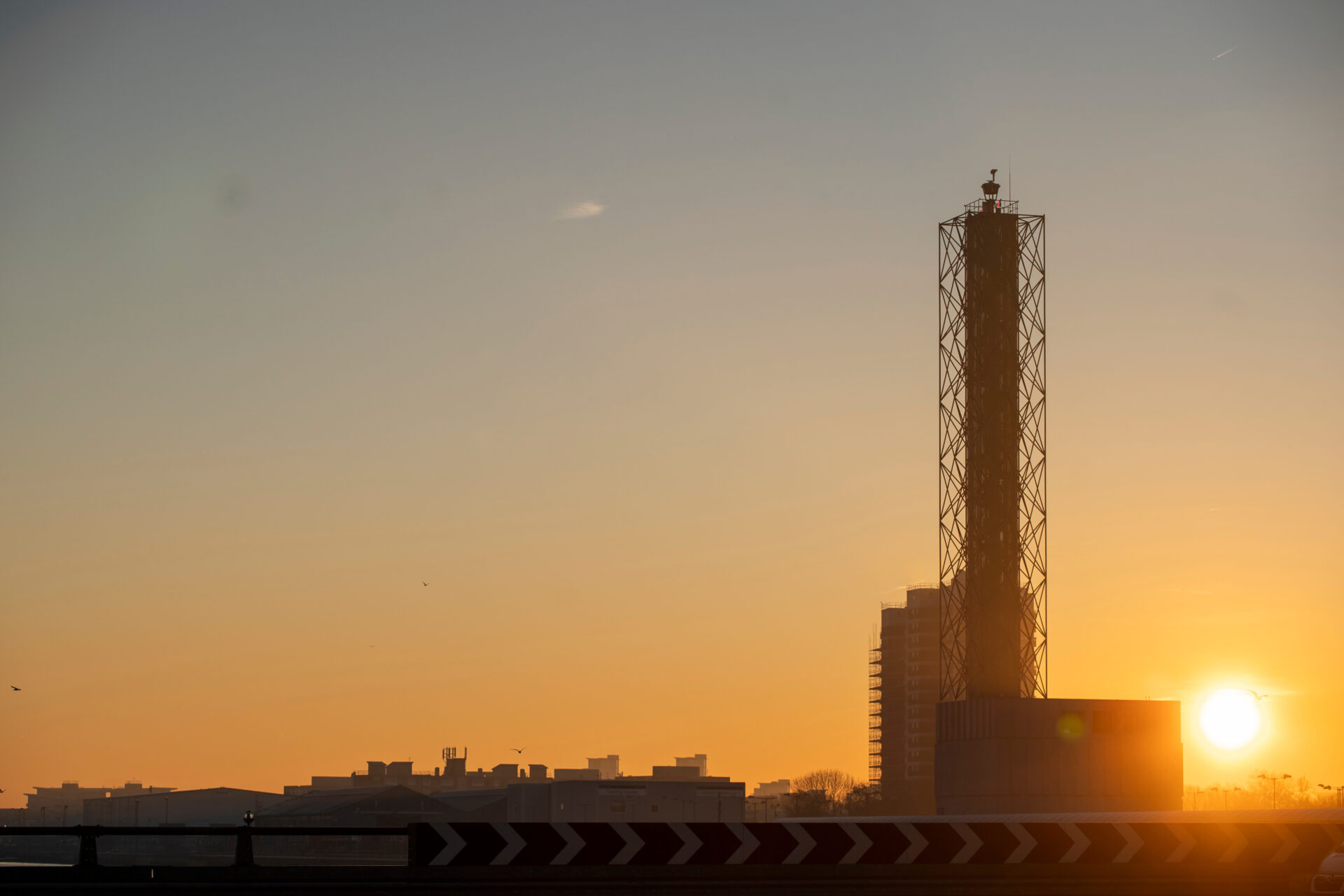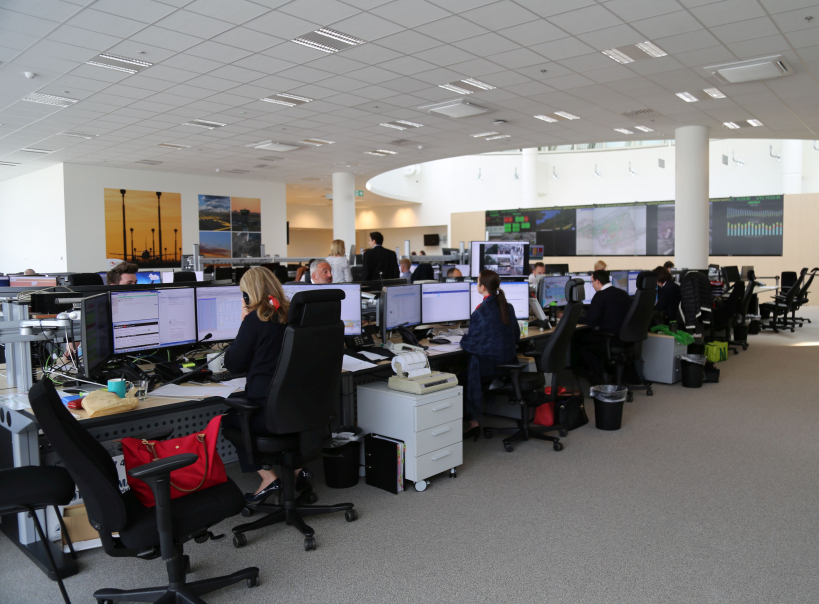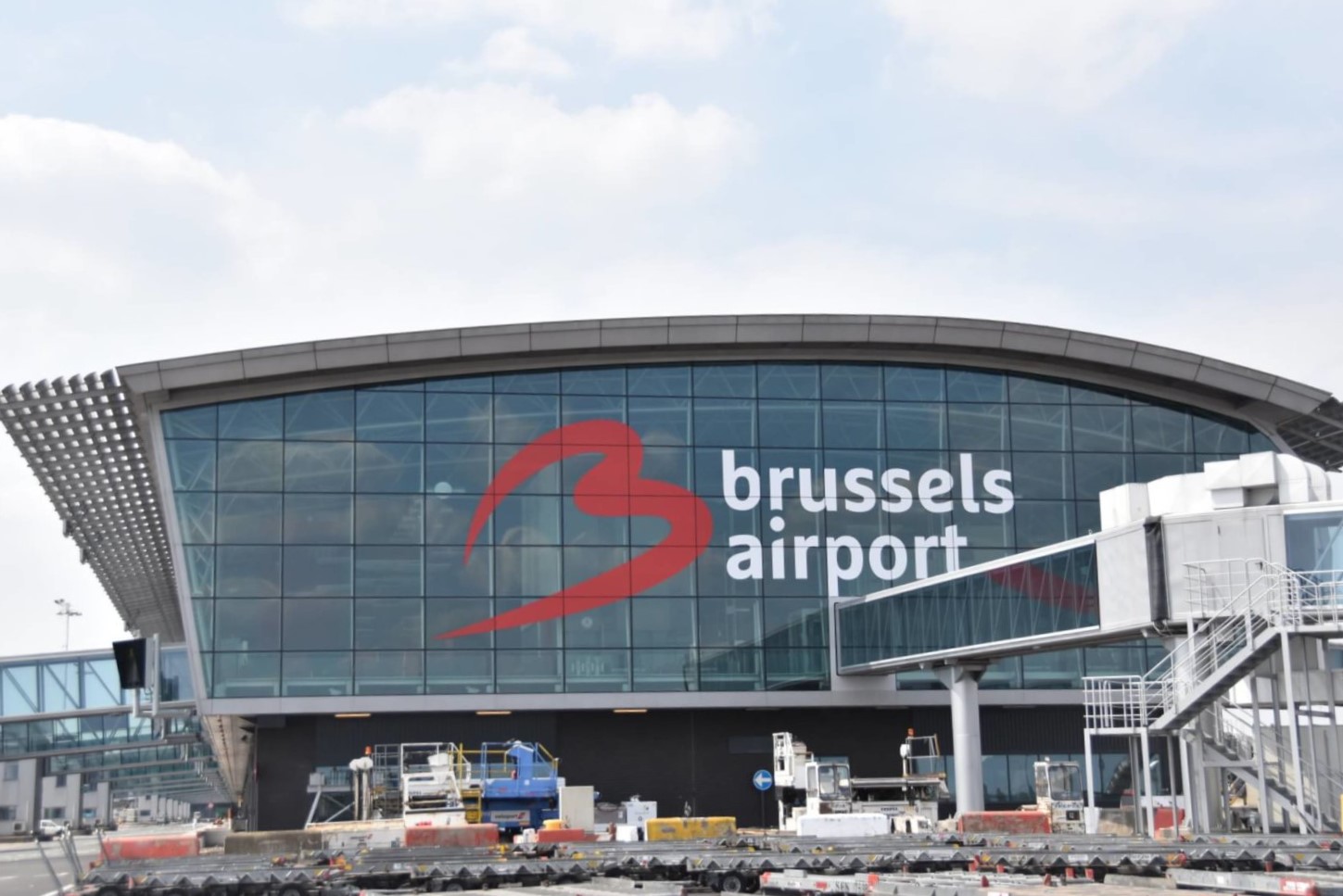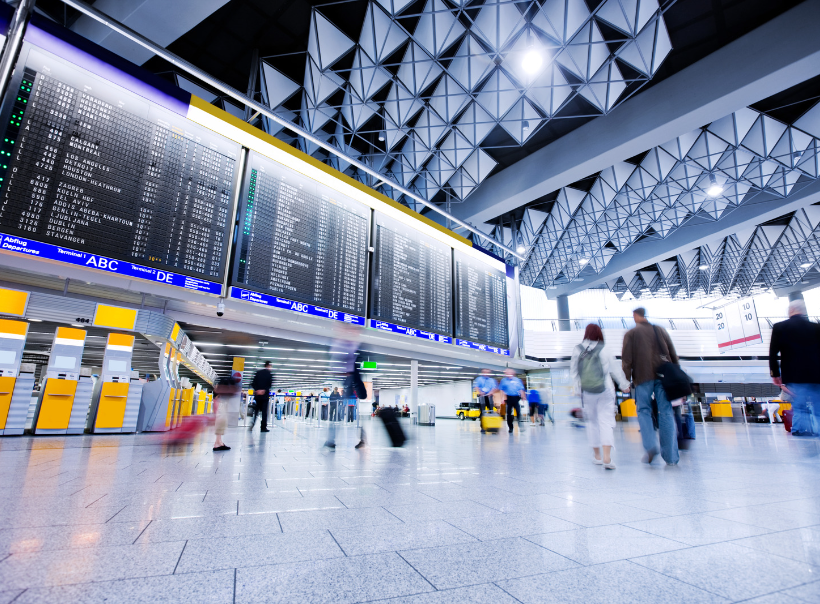When you walk into an airport, there are some digital innovations that you see right in front of you. You probably have your boarding pass on your phone, and scan it to enter security. You may use a biometric passport gate. But if you could look behind the scenes, you’d see hundreds more digital innovations that are coming on-stream. They’re part of the transformation to sustainable, digitalised aviation designed not only to give your journey a lower carbon footprint, but to make it shorter and more convenient too.
“In Europe, we have a target for 90% of the flights to take less than 4 hours door-to-door. Not 4 hours airport-to-airport, but 4 hours door-to-door,” says Andreas Boschen, Executive Director of the SESAR 3 Joint Undertaking (SESAR 3 JU), a public-private partnership which leads the Digital European Sky programme. The challenging 4-hour target requires a “multimodal” approach – one that integrates rail-air links, air traffic management and, crucially, innovations at airports.
“The hidden beauty of SESAR, when you’re a passenger, is that SESAR is driving the research and deployment of solutions which are all, in the end, focused on making the journey of the passenger better,” says Olivier Jankovec, Director-General of Airports Council International Europe (ACI EUROPE), the representative body for airports. “That’s about reducing delays, mitigating disruptions, and improving the flow of passengers and bags.”
At the heart of these solutions lies the “Airport Operations Centre”, or APOC. Already in use at airports including London Heathrow, Paris Charles de Gaulle and Brussels, this centralised mission-control allows the managers of all airport functions – including airlines, baggage handling, police and border control – to work together in the same room. Collaborative decision making with the air traffic management team is also crucial, to minimise delays in the air and on the ground.
Indeed, airports are increasingly thinking digital when it comes to air traffic control towers. London City Airport won this year’s SESAR 3 JU/ACI EUROPE Digital Transformation Award, after it became the first important international airport to transfer air traffic management from its traditional tower to a fully digital, remotely operated system. “There are so many benefits –safety, resilience and value for money,” says Jankovec. “And it’s not just the larger airports that stand to benefit; remote towers mean that smaller airports can remain open for business at a lower operational cost providing connectivity to local communities.”
This kind of joined-up thinking also has benefits for the planet, as SESAR innovations help airports rise to the decarbonisation challenge. “At Paris Orly airport, they wanted to have a single place, a dashboard, where all the environmental data – from sensors – is coming together,” says Boschen. “For the first time, they know what the environmental performance of Orly airport actually is – including noise, local air emissions, and CO2. And when you know your impact, you can make the right investments to reduce it.”

London City Airport remote control tower
An Orly-style environmental dashboard will soon be deployed at other airports, including Paris Charles de Gaulle. Other airport solutions that are already available from the SESAR 3 JU are helping to reduce aircraft taxiing time, increase safety, and enable smoother and more sustainable operations. These smart technologies, which enable smart investments, are crucial for airports – where every euro counts after the financial impact of Covid.
“If you look at the current flightpaths across Europe, we are not flying the optimal trajectories,” says Boschen. External events, such as bad weather and military zones, can cause planes to take longer routes. But, says Boschen, Europe’s patchwork of air traffic management systems also plays a role. Inevitably, these longer flightpaths increase both passenger delays and carbon emissions.
One answer lies in SESAR’s Digital European Sky programme, which leverages automation and connectivity to enable real-time data-sharing between planes in the air and controllers on the ground. “We can certainly bring the current flight trajectories much closer to the optimum, and this will also bring a huge benefit for the environment, because it means less fuel burned.” says Boschen. “These innovations could result in a potential reduction of between 5% and 10% in carbon emissions from aviation.”
Of course, next time you board a plane, you’re unlikely to see the SESAR 3 JU or ACI EUROPE logos. But with their path to lower carbon emissions, fewer delays and a better passenger experience, these digital aviation innovations are already taking flight.

Inside the Brussels APOC
SESAR’s Digital European Sky – by the numbers
28,000,000 tonnes of CO2 could be saved by digital aviation innovations each year
14,500,000 hours could be saved by passengers annually
20% of waiting time by planes at the runway could be saved
600 kg of CO2 is emitted by a plane as it taxis to take off – but SESAR innovations could reduce that fuel consumption by up to 85
55 organisations are members of the SESAR 3 JU, including major airlines, airport groups and air navigation service providers
€1.6 billion in SESAR 3 JU funding will help research and implement the Digital European Sky
Brussels Airport – building a digital future
As one of the founding members of the SESAR Joint Undertaking, Brussels Airport is at the forefront of digital innovation, both deploying solutions that are ready now and helping to research new solutions for the future.
In 2015, Brussels became one of the first airports to create an Airport Operations Centre, or APOC – allowing managers of all airport functions to sit alongside each other. “We became able to act on issues immediately,” says Erik Watzeels, Brussels Airport’s Expert Aerodrome Operations. “Instead of picking up the phone, we could hop over to the next desk to speak to our hub airline, Brussels Airlines, or to a ground handler.”

Brussels Airport
Last year, an Airport Operations Plan (AOP) was integrated into the Airport Operations Centre in order to improve the predictability and punctuality of operations. Far from being a single document sitting dustily on a shelf, the AOP is in fact a means for operators at the airport to continuously share data – as Watzeels puts it, to all have “a single version of the truth”.
This data collection stretches outside the airport itself, to include factors such as car park occupancy. “We try to predict the number of passengers who will arrive at check-in,” says Watzeels. “Depending upon traffic on the roads, or issues with public transport, the peak moments in any given day can shift earlier or later. We can take action – for example, allocating operational staff where needed– to accommodate the peak passenger numbers we envisage.”
As well as those passengers, Brussels Airport also tries to take care of its neighbours. “Together with aircraft operators, we are one of the partners in research into a steeper descent into the arrival runway,” says Watzeels. “With less time spent at low altitudes over residential areas, we’ll see if there’s a positive impact on noise and environmental emissions to the neighbourhood.”
Content supplied by SESAR JU and ACI EUROPE


